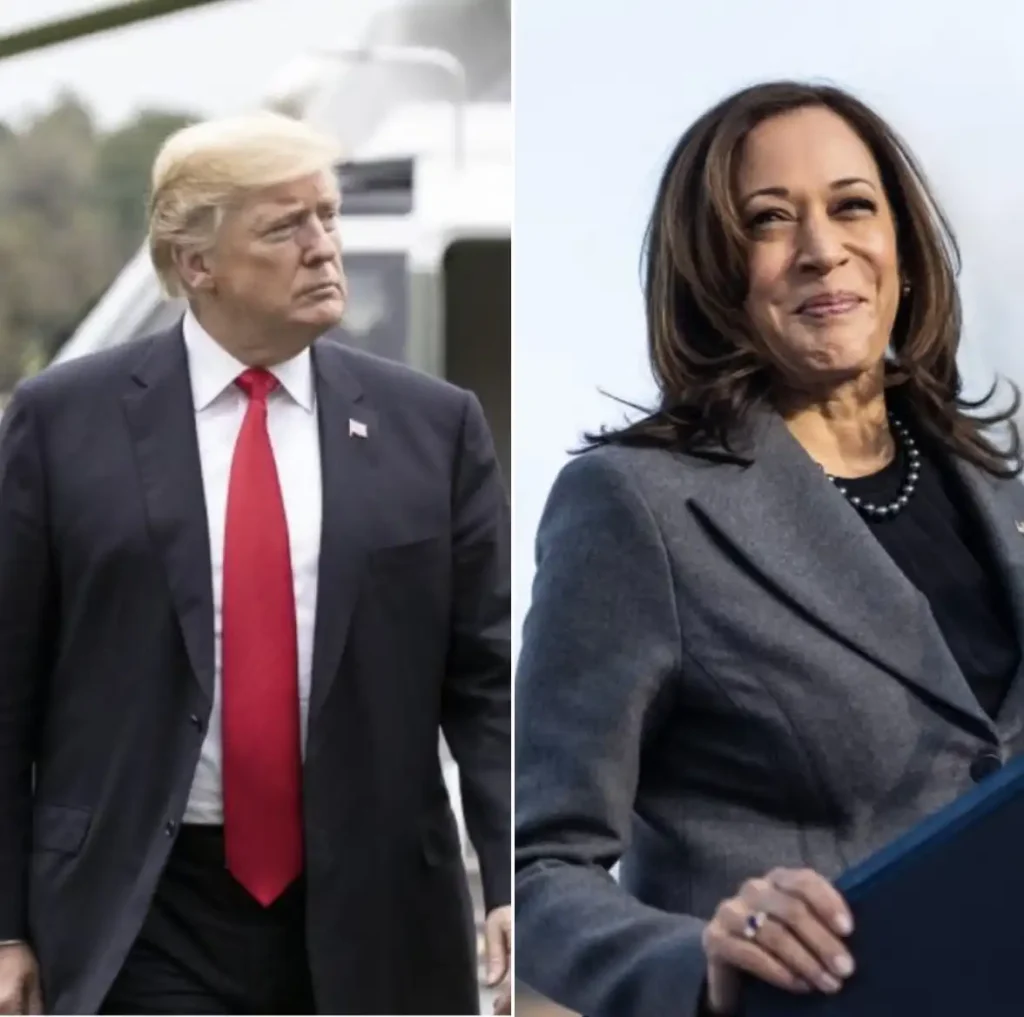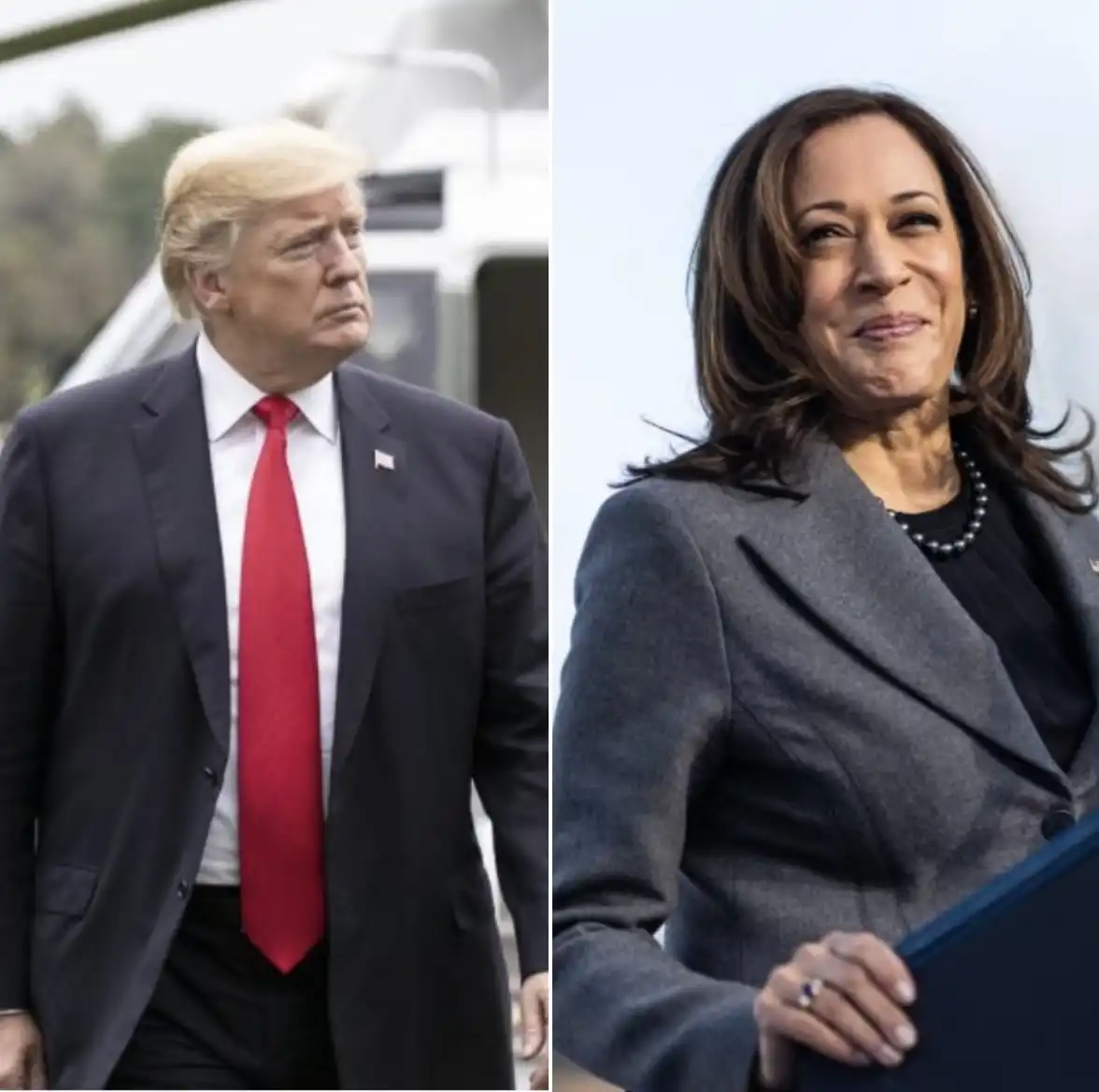|
Getting your Trinity Audio player ready...
|
In recent weeks, the American political landscape has witnessed an intensifying debate about gender-based voting patterns and their potential impact on crucial elections. The discourse has taken a particularly notable turn with former President Barack Obama’s recent Pittsburgh address, where he directly confronted male voters about their voting preferences.
The Gender Gap Phenomenon
Recent polling data reveals a striking divergence in voting intentions between men and women. According to the USA TODAY/Suffolk University poll, there exists what analysts call a “mirror-image split” in voter preferences: men favor one candidate by 53% to 37%, while women show precisely opposite preferences at 53% to 36%.
Political analyst Dr. Sarah Richardson notes:
What we’re seeing isn’t just a gap – it’s a complete polarization of voting preferences along gender lines, something that’s relatively unprecedented in modern American electoral history.
The Public Safety Paradox
However, a fascinating counterpoint emerges when examining local elections and public safety initiatives. In California, particularly regarding Proposition 36 and the Los Angeles District Attorney race, the traditional gender gap appears to dissolve. The proposition, aimed at addressing public safety concerns, shows broad support across gender lines, with approximately 73% approval.

Shifting Paradigms in Urban Safety
The Los Angeles District Attorney race presents an especially interesting case study. Current polling shows candidate Nathan Hochman leading incumbent George Gascon by a significant margin, with minimal gender disparity in voter preferences. This suggests that when it comes to public safety, traditional gender-based voting patterns may be evolving.
Urban policy expert James Martinez observes:
We’re witnessing a fundamental shift in how voters approach public safety issues. The traditional gender gap we see in national elections appears to vanish when concrete local safety measures are on the ballot.
The Role of Political Messaging
Former President Obama’s recent speech in Pittsburgh highlighted the complex interplay between gender and political messaging. His direct appeal to male voters, particularly African American men, underscores the growing concern about gender-based voting patterns. Obama stated emphatically:
When we get in trouble and the system isn’t working for us, they’re the ones out there marching and protesting,
referring to women’s historical role in social movements.
Beyond Traditional Narratives
The emerging data suggests a more nuanced reality than traditional gender-based voting analyses might indicate. Dr. Elena Thompson, a political scientist at Georgetown University, explains:
What we’re seeing isn’t simply about gender preferences – it’s about the intersection of public safety concerns, local governance, and national political narratives.
Looking Forward
As election day approaches, several key factors warrant attention:
- The convergence of gender voting patterns on public safety issues
- The potential impact of local versus national political dynamics
- The evolving nature of voter concerns across gender lines
For More News Update Visit California News



